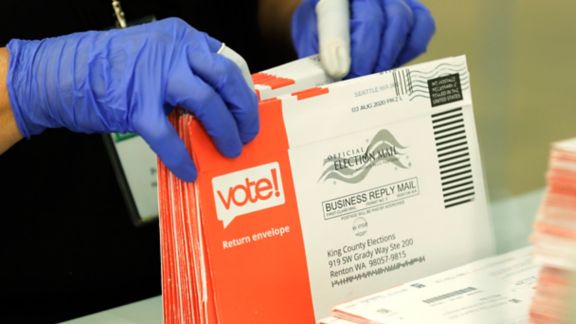Family Costs of Incarceration

Problem
FWD.us sought to quantify the financial toll of incarceration on families in the United States.
Despite growing awareness of the social and emotional consequences of mass incarceration, little empirical data existed on the direct and indirect financial costs borne by families of incarcerated individuals. This includes out-of-pocket expenses for communication and visitation, caregiving responsibilities, lost income, and long-term economic impacts on children.
FWD.us with Duke University wanted to gather nationally representative, quantifiable data on how incarceration affects family finances and contributes to intergenerational poverty, wealth disparities, and economic instability, and which groups are most affected.
Solution
NORC conducted a nationally representative survey to measure the financial costs of incarceration on families.
NORC designed and implemented a mixed-mode survey using AmeriSpeak®, a probability-based panel representative of the U.S. household population. The survey targeted adults aged 18 and older who had an immediate family member incarcerated for at least three months since 2016. Conducted in English and Spanish via web and phone, the survey collected detailed data on direct financial contributions (e.g., commissary, phone calls, travel), caregiving responsibilities, income loss, and reentry support. NORC also fielded an oversample of Native American respondents to ensure adequate representation of historically underrepresented groups.
NORC provided a fully labeled dataset, statistical weights, a codebook, and a comprehensive methods and transparency report. The survey instrument was carefully designed in collaboration with Duke researchers to minimize recall bias and ensure clarity. NORC also conducted quality control testing, data cleaning, and data management.
Result
The study revealed that incarceration costs U.S. families $348 billion annually in direct and indirect expenses.
Our survey findings, with FWD.us published in the June 2025 report “We Can’t Afford It,” documented that families spend an average of $4,200 annually per incarcerated loved one. These costs include communication, visitation, caregiving, and reentry support, and disproportionately affect Black and low-income families. The study also estimated $326 billion in lost earnings due to incarceration’s long-term impacts on both formerly incarcerated individuals and their children. These insights have informed national conversations about economic justice, public safety, and criminal justice reform. The data are being used by policymakers, advocates, and researchers to highlight incarceration as a major driver of economic inequality and to support efforts to reduce the financial burden on families.








